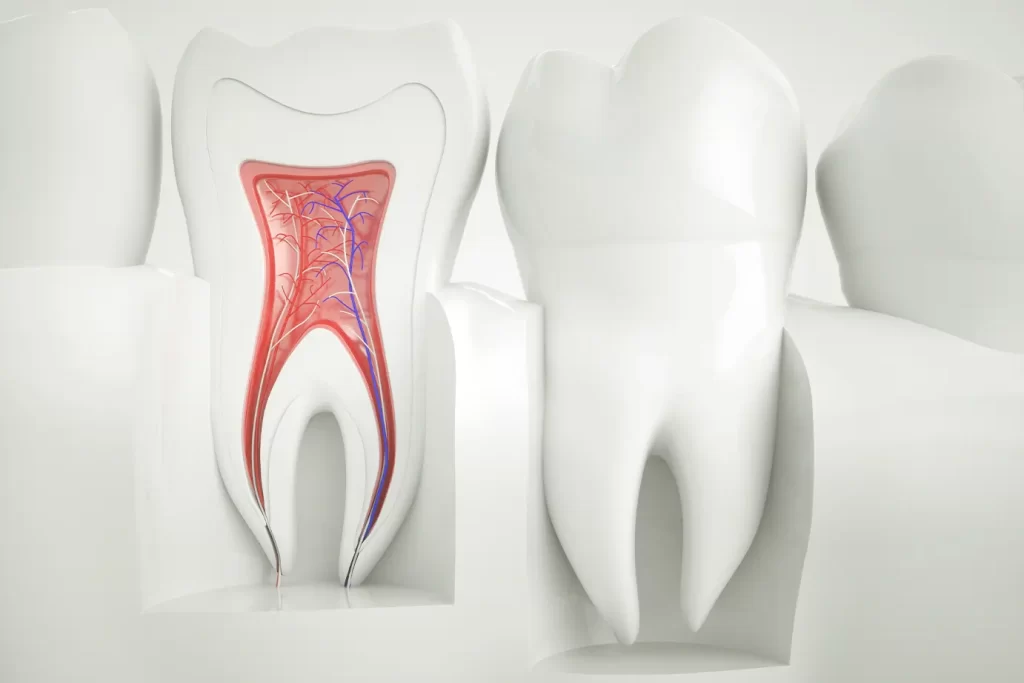What Is a Root Canal?
A root canal is a restorative dentistry procedure for removing infected and inflamed pulp from the pulp cavity. The pulp cavity is at the core of the teeth and houses blood vessels and nerves.
Root canals are necessary when bacterial infections spread from the tooth’s core and begin to irritate the nerves and connective tissues inside the pulp cavity. By visiting your Northampton dentist for a root canal procedure, you can have the infected pulp removed, eliminating the pain and stopping the bacterial infection.
